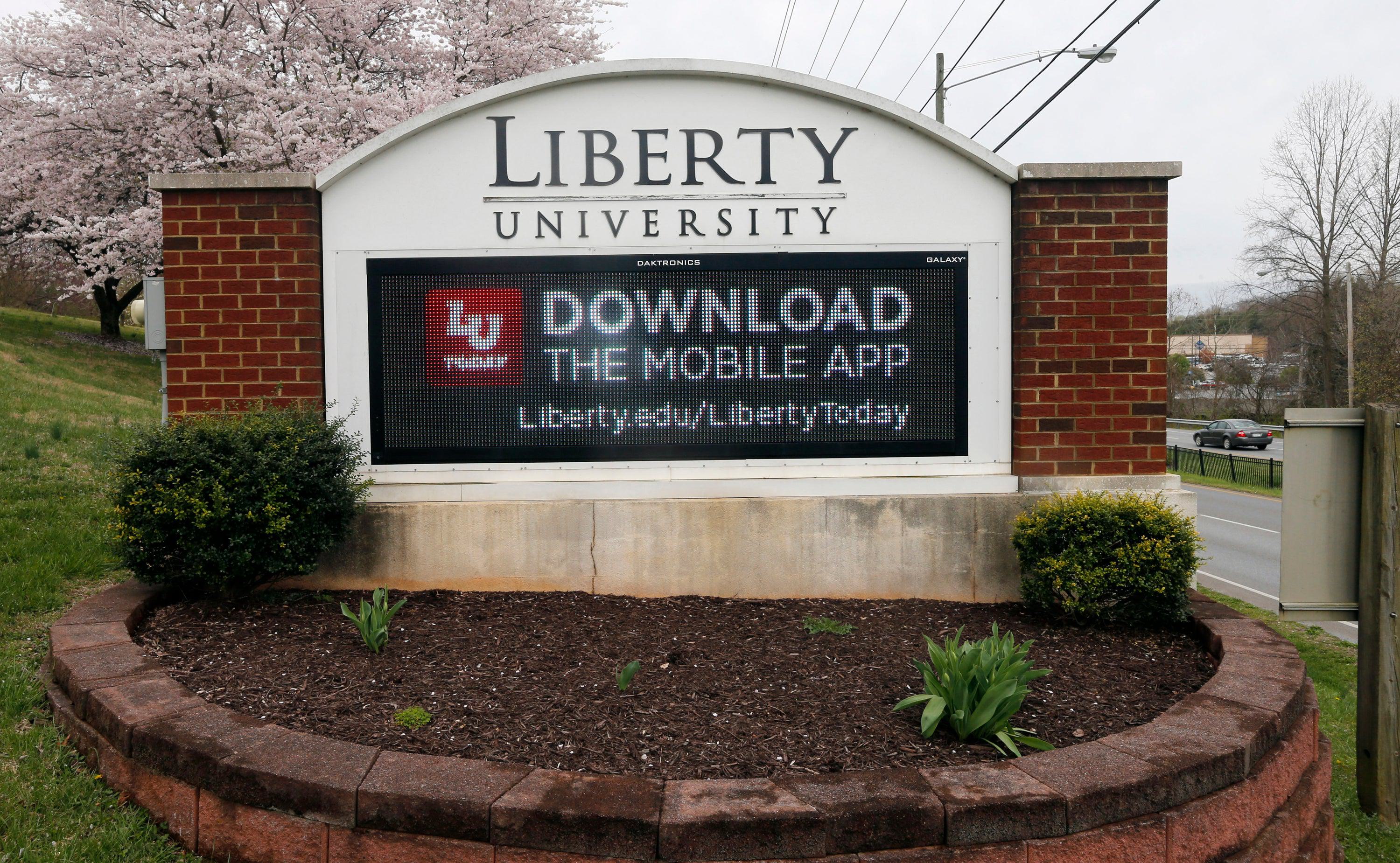Sotheby's Auction House Trial: The Impact on Art World Trust and Transparency
January 13, 2024 - Reading time: 3 minutes

The lawsuit alleges that Sotheby's abused its "privilege, power and reputation" to help dupe Rybolovlev out of millions of dollars as he amassed a world-class art collection. However, the auction house claims that Rybolovlev partly has himself to blame for allowing his old friend and Swiss art dealer Yves Bouvier to overcharge him for four rare works, including “Salvator Mundi,” a painting attributed to Leonardo da Vinci that set a record for the most expensive artwork ever sold in 2017.
Rybolovlev is seeking $377mn in damages from Sotheby’s in this lawsuit. He has accused it of being complicit in a years-long scheme by Bouvier to sell him hundreds of millions of dollars of art masterpieces at inflated valuations. In his testimony, Rybolovlev detailed how documents shared with him from a representative at Sotheby's who worked closely with Bouvier on numerous sales were pivotal to trusting the prices he was paying for the art.
Sotheby’s counsel portrayed Rybolovlev as a skilled and experienced businessman, capable of conducting due diligence on major financial decisions. The auction house argued that it is not responsible for any discrepancies in pricing, claiming that its evaluations were merely consultative and not binding.
Bouvier is not a defendant in the Sotheby’s trial but has maintained his innocence in his art sales to Rybolovlev. He settled a legal dispute with the billionaire in Switzerland last month, and other cases in various jurisdictions have been settled or dismissed. A representative for Bouvier said: “The allegations being made against Mr Bouvier in the New York proceedings have already been rejected by authorities all around the world.”
As the trial continues, both parties will be seeking to prove their case, with Rybolovlev attempting to demonstrate Sotheby’s involvement in the alleged fraud and Sotheby's aiming to show that they were merely providing non-binding evaluations. The outcome of this closely watched trial could have significant implications for the art world and the transparency of its dealings.
The ongoing legal battle between Russian billionaire Dmitry Rybolovlev and Sotheby’s auction house is a complex case that involves questions around trust, due diligence, and transparency in the art world. It raises concerns for all parties involved - from collectors to auction houses to artists themselves.
On one hand, if it's proven that Sotheby’s had a significant role in an alleged fraudulent scheme with Rybolovlev, this could lead to increased scrutiny of major auction houses and their evaluations. This may cause potential buyers to be more cautious when purchasing art at auctions, which could ultimately impact the market as a whole.
On the other hand, if Sotheby’s is cleared of any wrongdoing, it would provide some relief for the art world in terms of transparency and trust between auction houses and their clients. It might reassure potential buyers that they can rely on auction house evaluations without fear of being misled.
Regardless of the outcome, this case highlights the importance of due diligence when making significant financial decisions - especially for high-net-worth individuals like Rybolovlev. This could potentially lead to more transparency and better practices in the art world as a whole.

DW Staff
David Lintott is the Editor-in-Chief, leading our team of talented freelance journalists. He specializes in covering culture, sport, and society. Originally from the decaying seaside town of Eastbourne, he attributes his insightful world-weariness to his roots in this unique setting.




